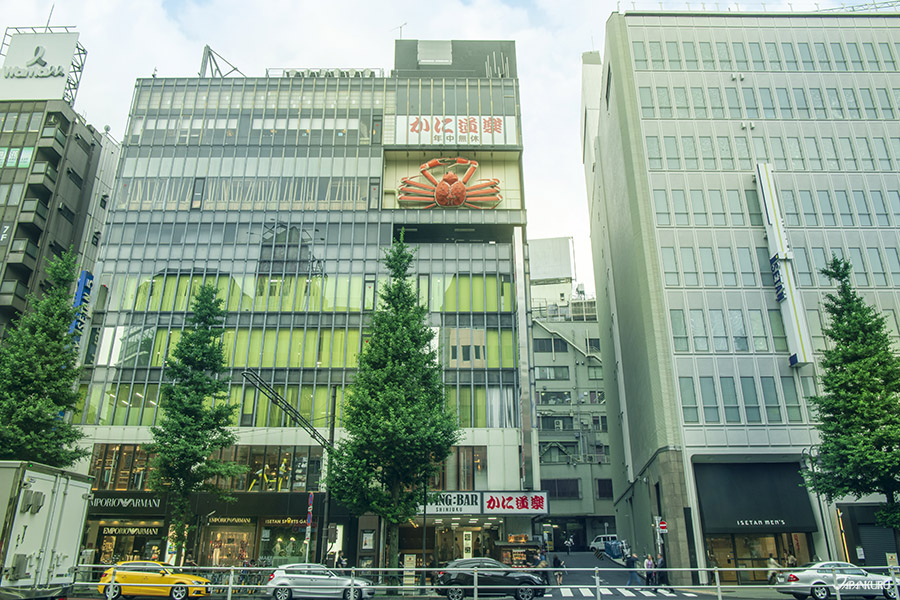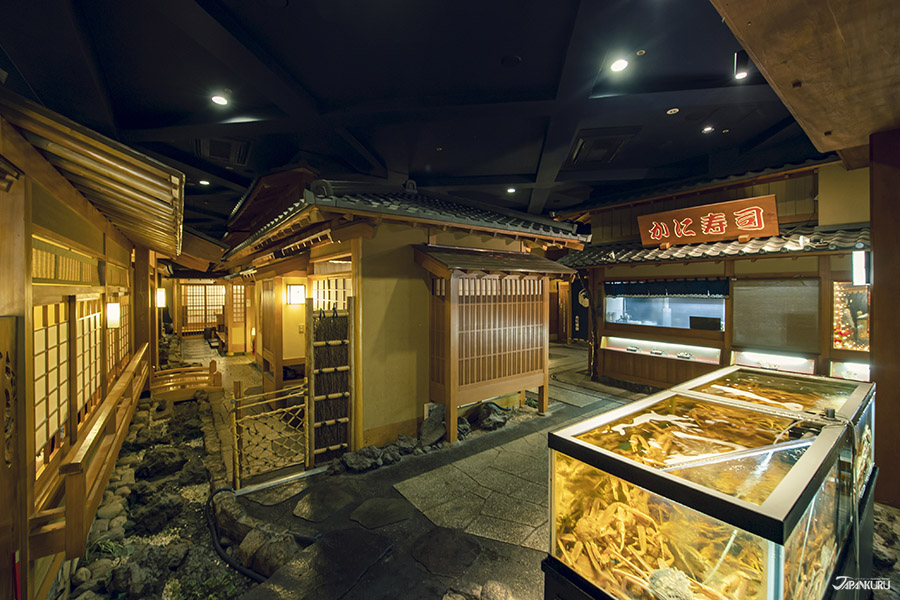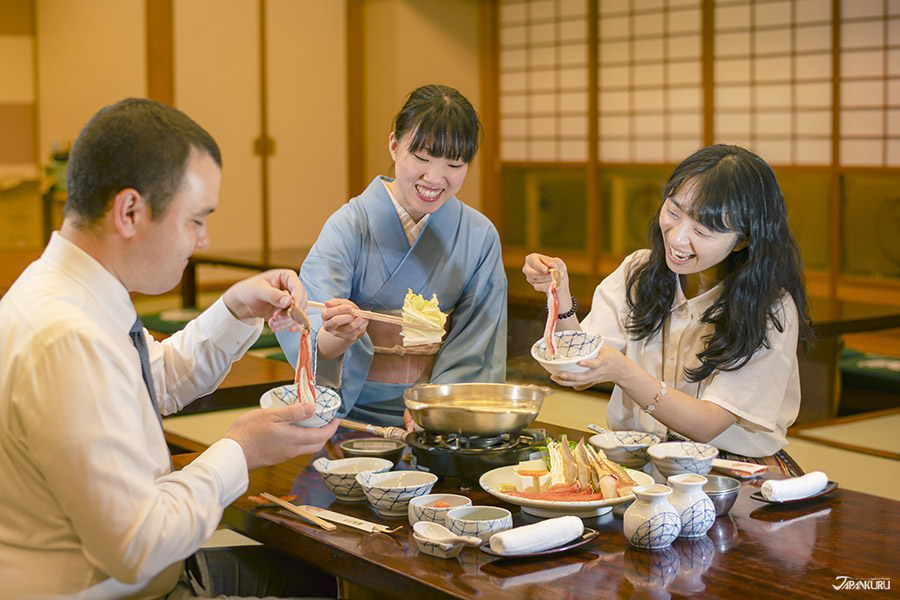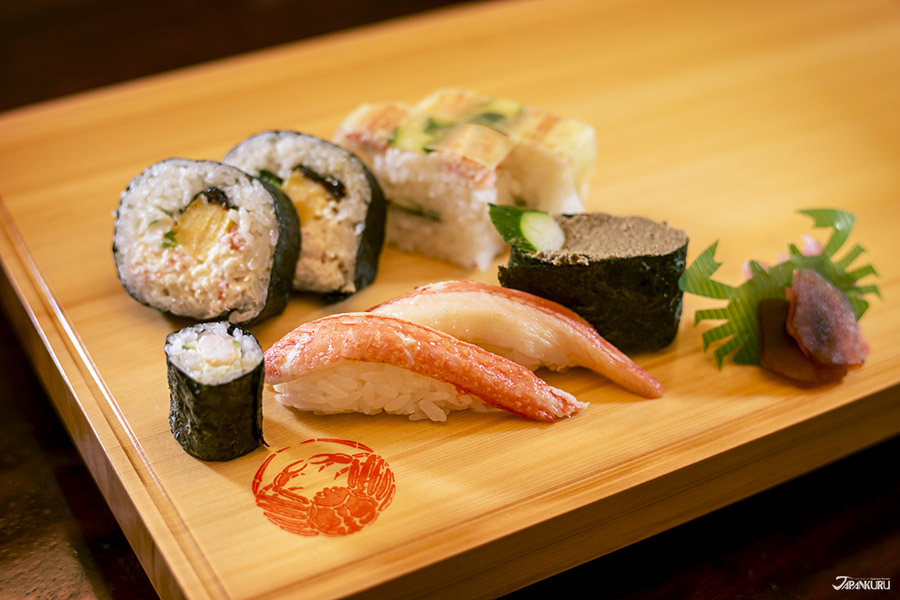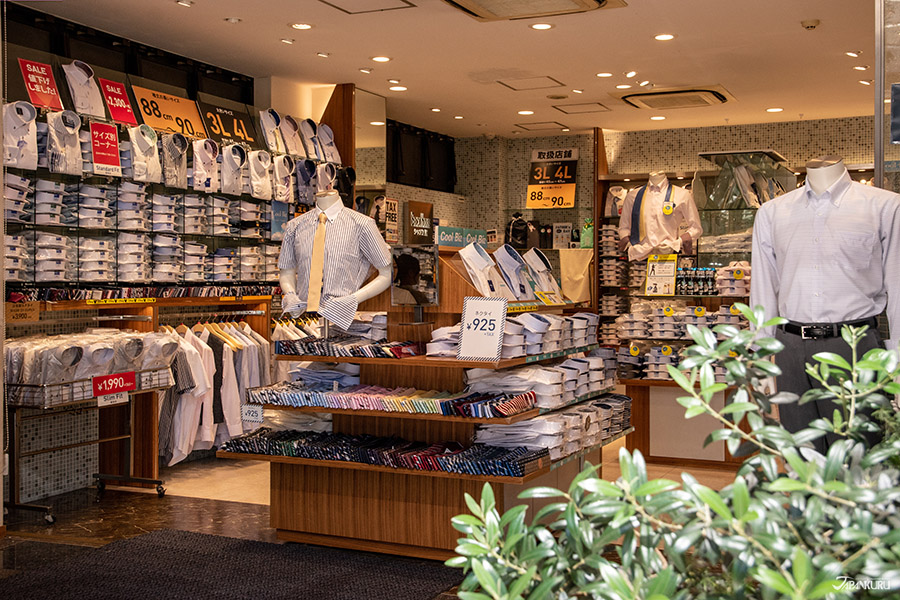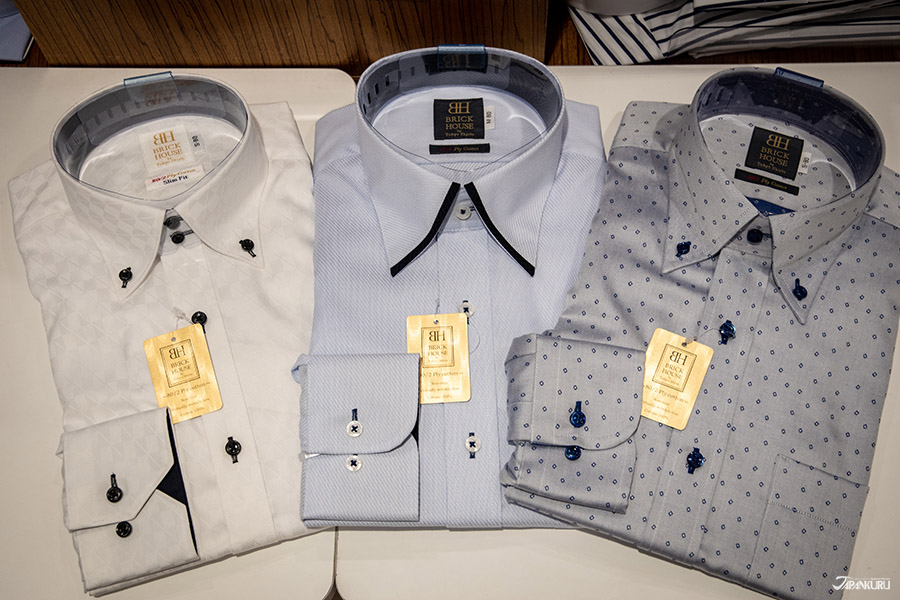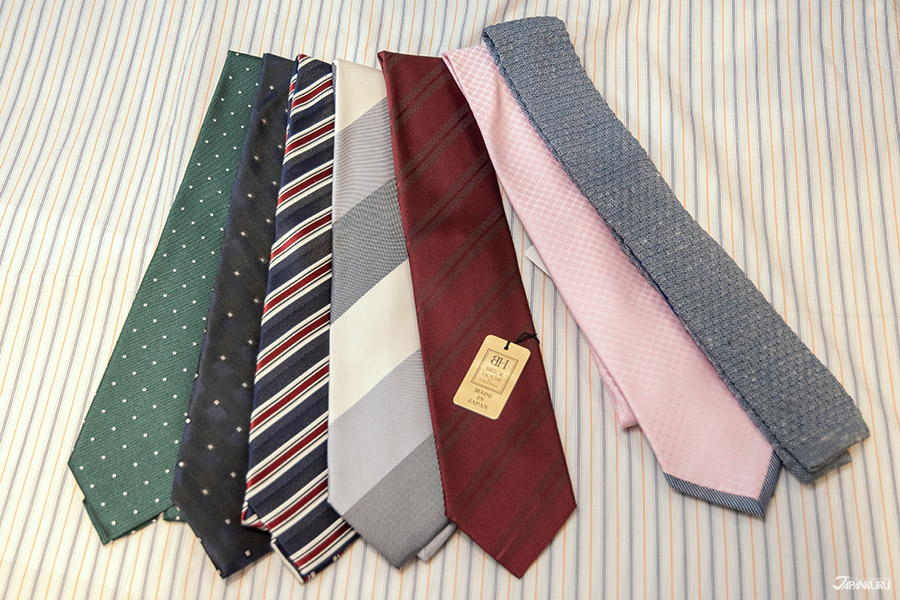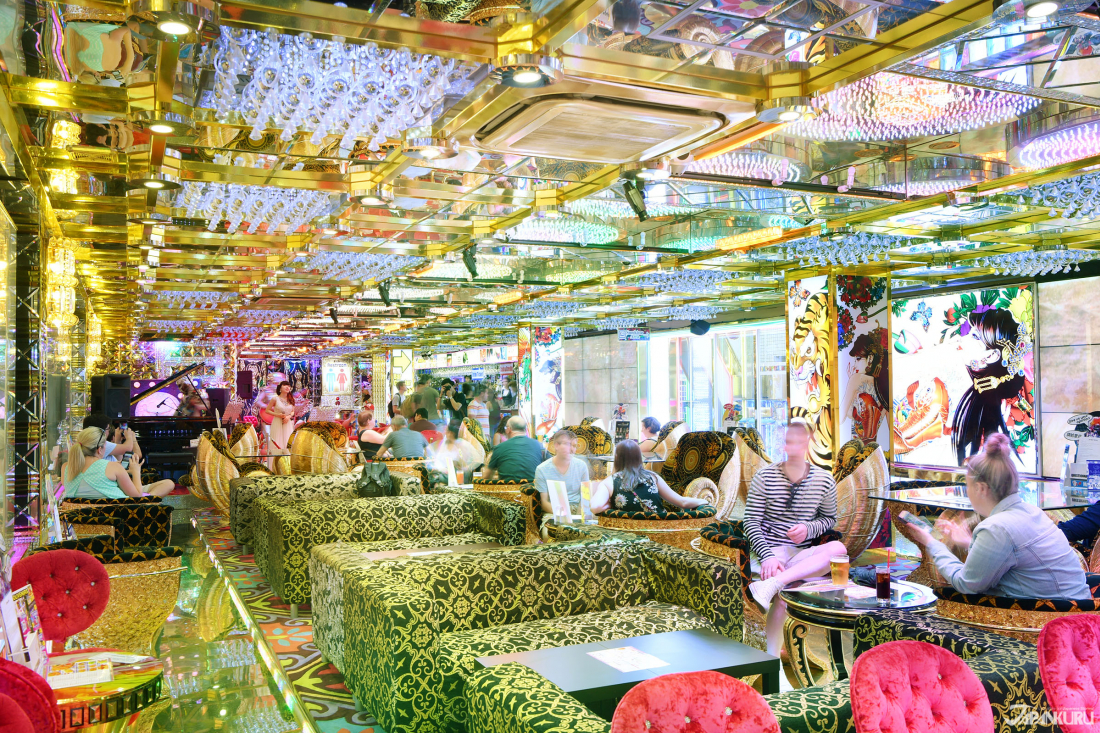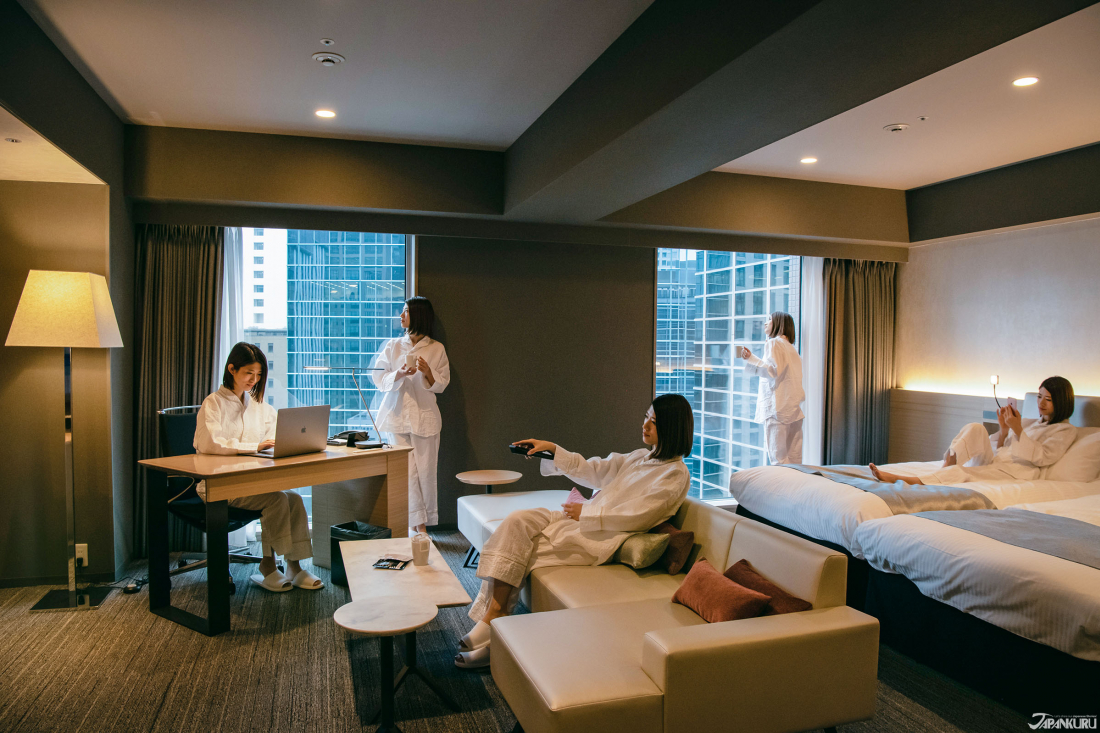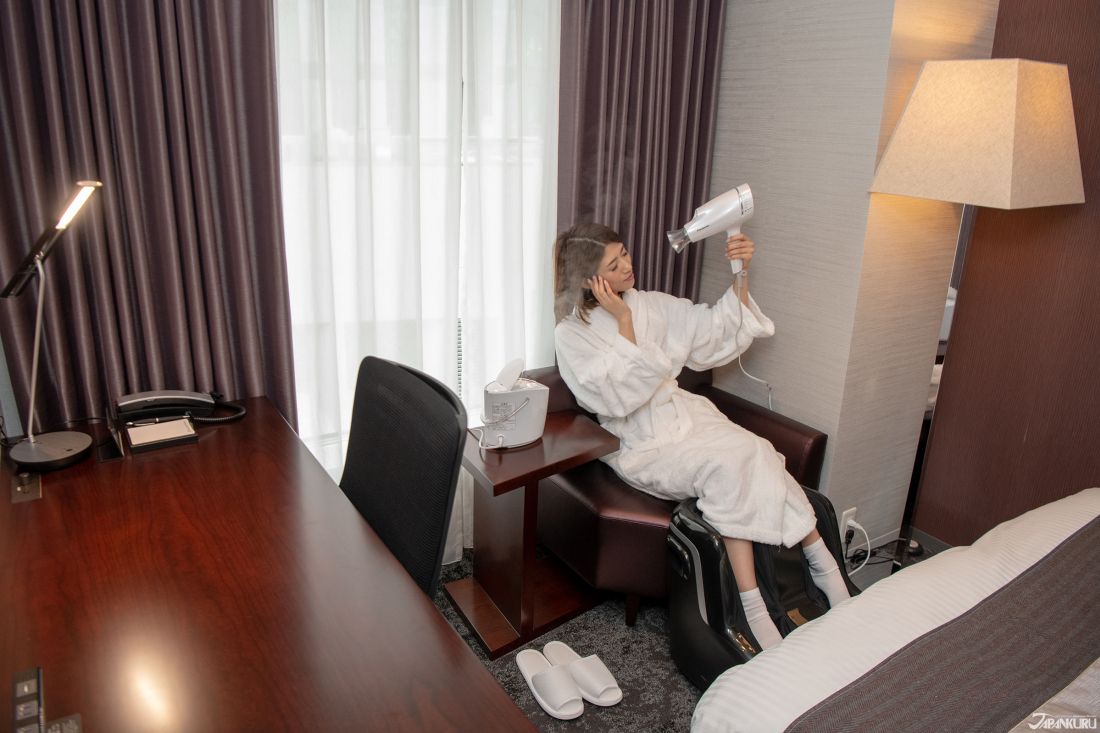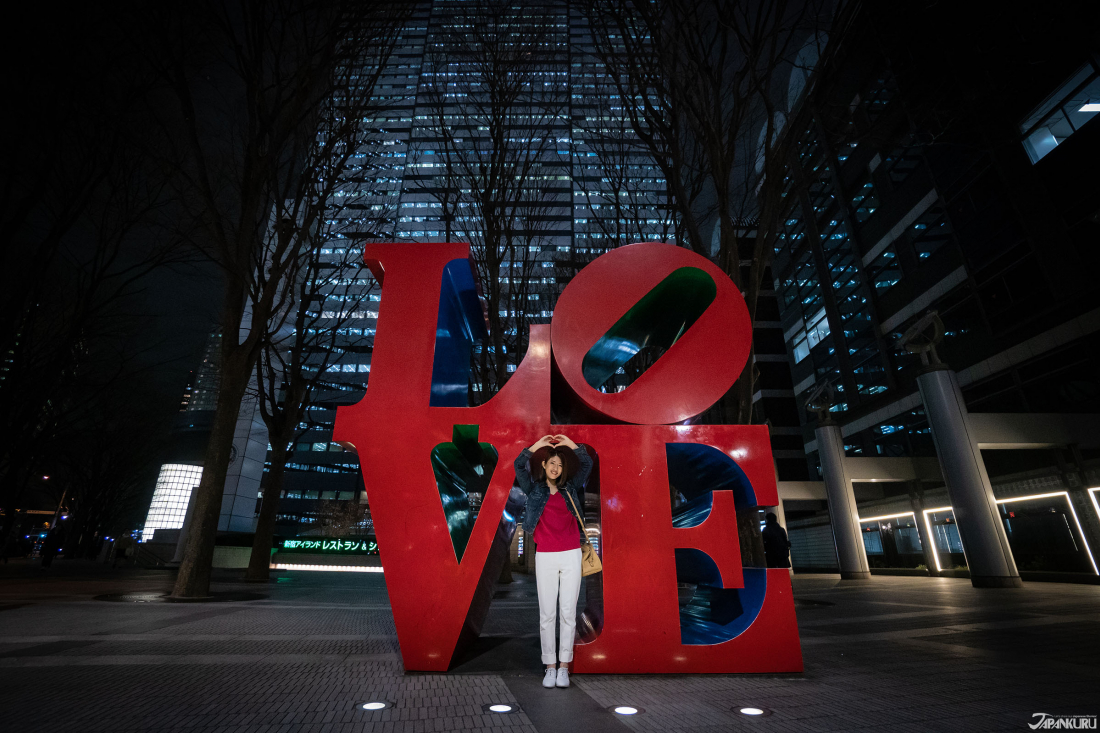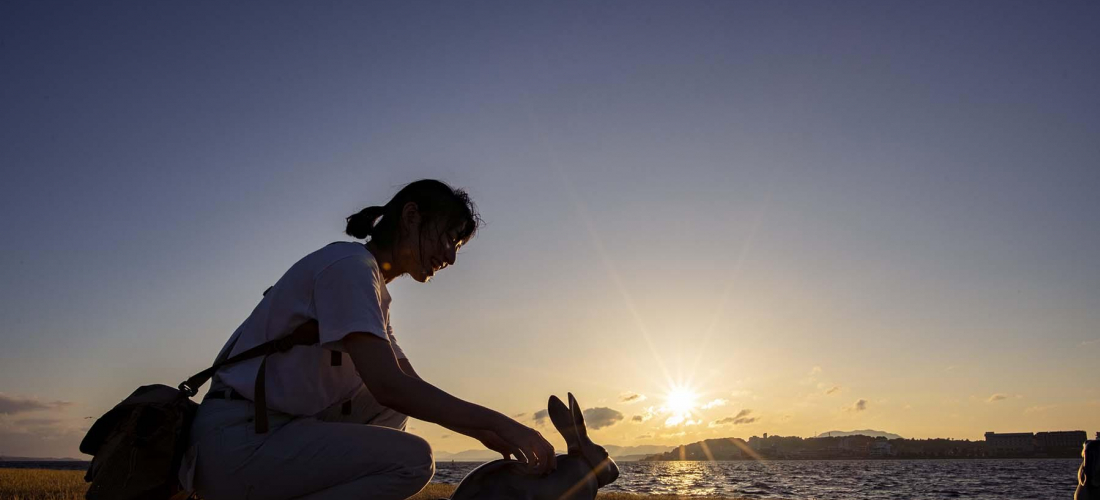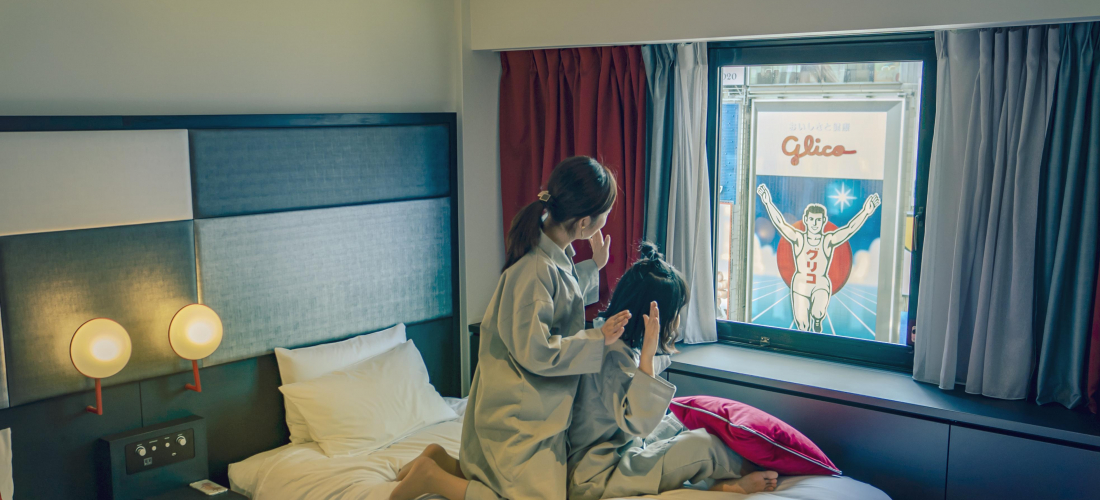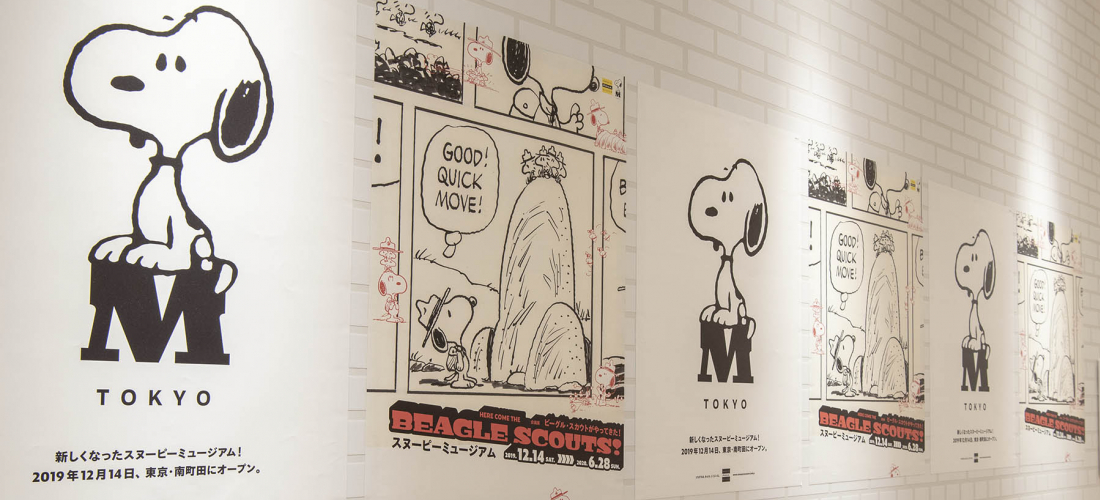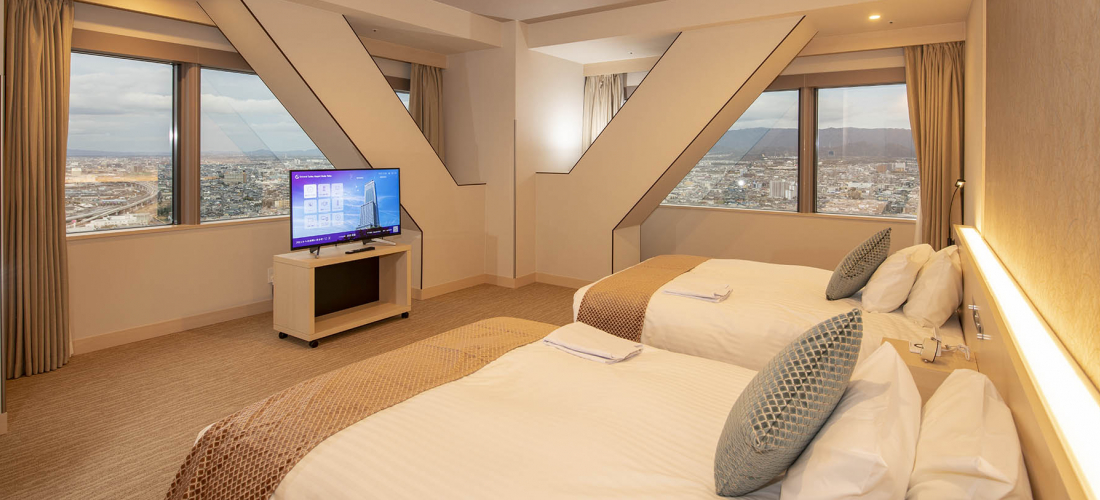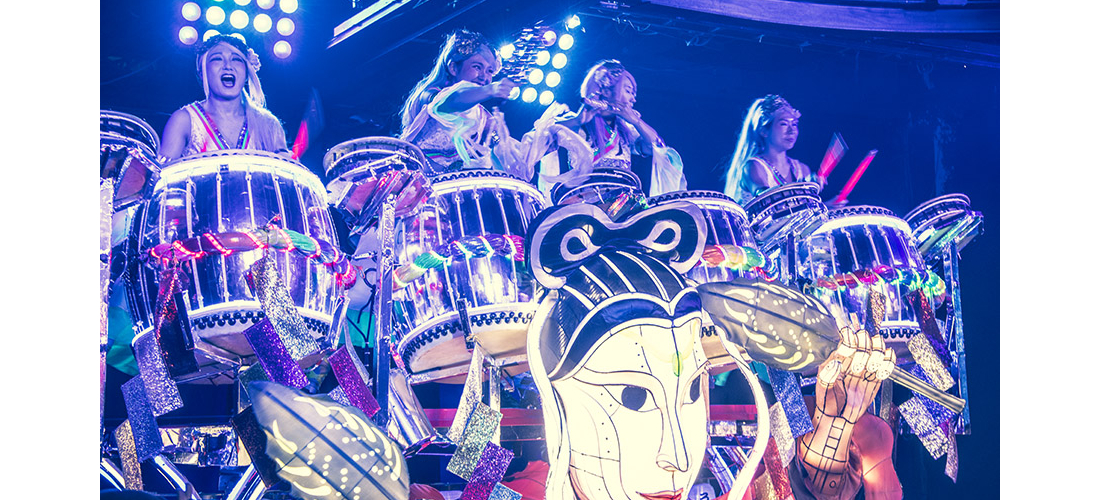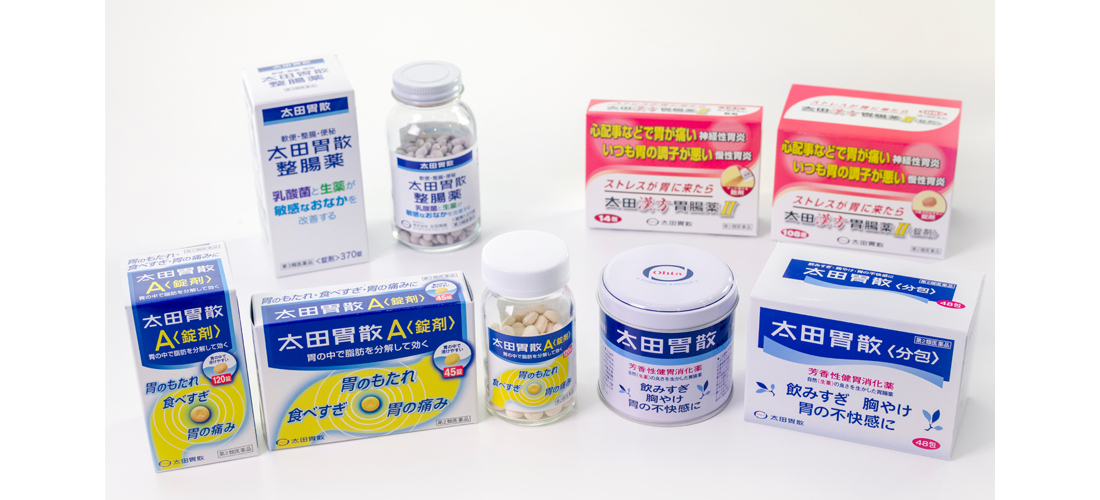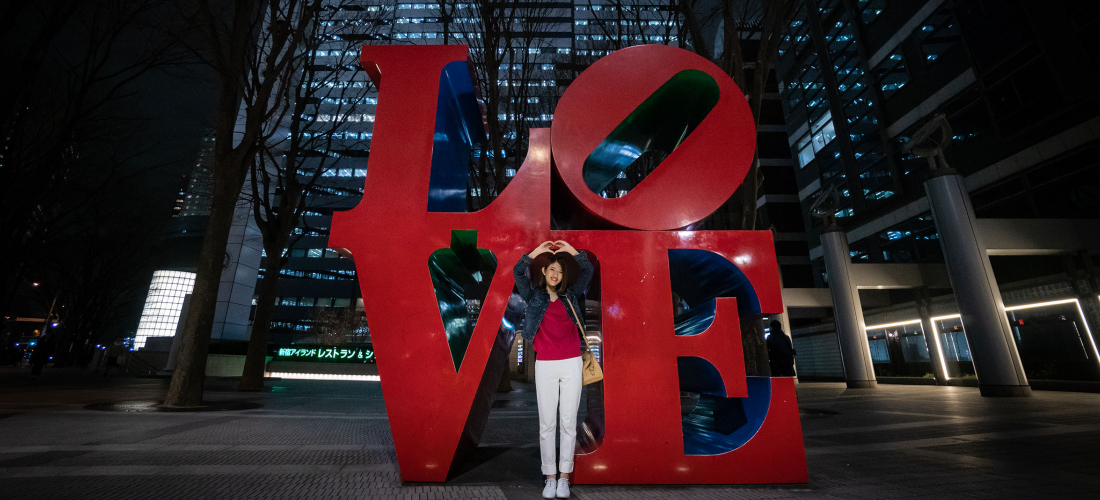
CONTENTS
Peu de visiteurs viennent au Japon sans passer par Tokyo, et c’est tout à fait normal! La mégalopole est pleine de choses à faire, et un de ses quartiers les plus populaires est sans conteste Shinjuku. Adoré à la fois par les locaux que par les touristes, vous y trouverez autant de restaurants que de boutiques variées, d’hôtels et plus encore. Vous ne savez pas par quoi commencer? Quel hôtel choisir? ou quoi manger? Laissez-nous vous guider!
De délicieux crabes frais, une toute nouvelle garde-robe, des hôtels calmes et du divertissement à volonté, la belle vie vous attend à Shinjuku!
① Où manger à Shinjuku
Le restaurant Shinjuku Kani Doraku se trouve au 6e et 7e étage (7e et 8e niveau au Japon). Vous apercevrez facilement l'énorme figurine de crabe qui agite ses pinces à l'extérieur.
Un shabu-shabu rare: Kani Doraku
Loin du chahut de Shinjuku, l'atmosphère calme et la décoration très japonaise qu'on trouve dans les restaurants en hauteur est toujours la bienvenue. Asseyez-vous et reposez-vous tout en dégustant des fruits de mer préparé à la façon japonaise. Le pot-au-feu au crabe et les sushis sont les plats les plus recommandés du menu. La popularité de Kani Doraku n'est plus à prouvée, et le fait que le restaurant se trouve à Shinjuku en fait une superbe destination culinaire.
Le concept du restaurant reprend les rues japonaises d'antan. Ils ont fait un travail impressionnant pour créer les décors. Il y a environ 390 chaises autour de tables construites en "horigotatsu", ce qui veut dire que même si vous êtes assis sur le sol, le sol est creusé au niveau des pieds pour qu'on puisse s'assoir comme sur une chaise.
Nous vous recommandons chaudement le kani shabu, le pot-au-feu au crabe. Kani Doraku propose de nombreuses options, telles que le shabu-shabu ou sukiyaki, mais le crabe au shabu-shabu est baigné entier dans le bouillon, ce qui permet de profiter pleinement du goût de sa viande.
Les ingrédients sont les plus frais possibles, en particulier les crabes qui viennent d'Hokkaido pendant l'été et de la mer du Japon en hiver. Tout dépend de la saison et de l'endroit où vous vous trouvez.
L'une des raisons pour laquelle on vous conseille avant tout le shabu-shabu vient du bouillon au goût très prononcé dont le restaurant est très fier. Le bouillon frais est fabriqué deux fois par jour, et une fois que vous avez fait cuire vos légumes et votre crabes dans le liquide, vous pourrez savourer les saveurs. Il est si goûteux que vous aurez certainement envie de boire le bouillon tout seul.
Si vous aimez les saveurs contrastées, vous pouvez choisir deux sauces (du nom de tsukedare), qui sont le ponzu (sauce à base de citrus) et sésame. Essayez les deux avec les légumes proposés ou encore avec du tofu ou des gâteaux de riz.
Bien sûr Kani Doraku offre plus que des pot-au-feu japonais. Leurs sushis sont parfaits pour les fans de crabes, et plusieurs types existent en fonction de la partie du crabe utilisée.
Il y a à profusion de shabu-shabu, sukiyaki, sushis et bien plus encore, ce qui fait de chaque plat de Kani Doraku une explosion de saveur. Cela vaut également le coup de tester des menus multiples où on vous servira toutes sortes de crabes. Petit astuce: vous pouvez venir à l'improviste, mais si vous réservez à l'avance, vous serez servis dès que vous serez installés.
Kani Doraku (かに道楽), Shinjuku Location
Addresse: Theatre Shinjuku 7th/8th Floor, 3-14-20 Shinjuku, Shinjuku, Tokyo
Horaires: 11:30 – 23:00
Accès: 3 mins de Shinjuku-sanchome Station, sortie B3
Tel: +81 3-3352-0096
Reservation Page (en)
② Faire les boutiques à Shinjuku
Un souvenir unique pour vous ou à offrir: une t-shirt/robe à Brick House, par Tokyo Shirts
Une chemise n'est peut-être pas un souvenir très courant au Japon, ce qui en fait son originalité. Pensez-y, la plupart des gens qui travaillent à Tokyo sont en costume, cela en fait donc un superbe endroit pour acheter des vêtements élégants. Tokyo Shirts s'est adapté au dress code très strict des entreprises de la ville, et propose de très jolies chemises de haute qualité. Elle sont à la fois très confortable et d'un design simple et élégant qui ira très bien en occident et il est très probable que votre entourage vous en demande une à leur tour lors de votre prochain voyage sur l'archipel. Les chemises de Brick House à Shinjuku sont un parfait choix. Solides, elles sont également relativement bon marché pour du 100% coton: 4 900yens. Avec 300 designs différents, vous êtes sûr de trouver ce que vous cherchez.
Avec tous ces différents designs, vous risquez peut-être de vous perdre. Nous vous conseillons de vous concentrer avant tout sur le col et la position des boutons, ainsi bien sûr qu'au matériau et la longueur des manches. Au Japon, la plupart des cols intérieurs sont d'une couleur différente du reste pour éviter les tâches, mais cela offre également un design assez original. Il existe aussi une grande variété de types de boutons. Certains sont prévus avec deux boutons au niveau du coup (afin d'en ouvrir un pour le confort tout en gardant un style formel!) et d'autres ont des boutons parfaitement placés afin que vous puissiez nouer votre cravate sans problème.
Mais la chemise la plus luxueuse se voit facilement grâce à son étiquette dorée avec le nom de Brick House dessus. Non seulement elle est en 100% coton prima, mais elle est fabriquée pour ne pas se froisser, et seulement à 4 900 yens. Vous n'avez qu'à l'étendre après le lavage, et vous pourrez la porter tout de suite le jour suivant. Bonne idée pour les voyageurs, non?
Un autre avantage de Brich House sont ses tailles. Jusqu'à 4L, des coupes différentes, et des longueurs de manches variables, vous êtes sûr de trouver ce que vous voulez.
Certains des produits en temps limité valent également le détour. De chemises ultra-légères, à celles faites en matériel high-tech, vous trouverez ce qu'il vous va cet été. Il existe même des chemises avec un sous-shirt inclus à l'intérieur pour ceux qui n'aime pas porter ces derniers.
Ils proposent bien sûr des cravates faites en soie japonaise qui iront parfaitement avec les chemises. (Idéal comme cadeau si vous ne connaissez pas la taille exacte de votre entourage). Vous trouverez là aussi une multitude de designs, de la plus simple avec des rayures élégantes, aux dessins de personnages animés, ou qui font penser à la tradition japonaise.
Que vous voulez simplement améliorer votre garde-robe ou que vous cherchez un cadeau pour quelqu'un, Birck House vous offrira des produits de qualité. Si vous êtes intéressé par ce quee la boutique a à offrir mais que vous ne pouvez pas les emporter avec vous, une boutique en ligne qui livre à l'international existe, et vous pourrez même découvrir leur gamme féminine.
Brick House by Tokyo Shirts, Shinjuku Sanchome Location
Addresse: 3-14-23 Shinjuku, Shinjuku, Tokyo
Horaires: 11:00 – 21:00
Accès: 3 min. de Shinjuku-sanchome Station, sortie B3
Official Website
③ Où se divertir à Shinjuku
Le spectacle le plus déluré de Shinjuku: Shinjuku Robot Restaurant
Vous cherchez quelque chose de coloré et de délirant? Le célèbre Robot Restaurant est là pour vous. Vous en avez entendu parler sans savoir ce qui vous attend? Même s'il porte le nom de restaurant, il s'agit surtout d'un spectacle grandiose. Laissez-nous vous montrer.
Vous verrez tout de suite de quoi il s'agit. Des visiteurs du monde entier se rassemblent autour de l'entrée.
Il se passe tant de chose qu'il sera difficile de savoir où donner de la tête.
Encouragez votre robot préféré durant le combat. Plus le spectacle progresse, plus cela devient fou!
Les changements de 2D à 3D sont très populaire parmi les jeunes.
Il n'y a bien sûr pas que des robots sur la scène, et les artistes humains sont également de la partie. On dirait presque un carnaval au vu de l'ambiance.
Entrer dans ce restaurant donne l'impression d'entrer dans un univers parallèle. Même la salle d'attente où vous pouvez boire un coup est un spectacle en lui-même.
Si cela vous intéresse, ne manquez pas cet événement à Shinjuku!
Et pensez à prendre votre coupon de réduction de 2000 yens!
Robot Restaurant Shinjuku
Addresse: 1-7-7 Kabukicho, Shinjuku, Tokyo
Tarifs: 8,000 yens (6,000 yens avec le coupon cité ci-dessus!)
Voir site internet pour les horaires. Le spectacle dure en général 90 minutes.
Official Website
④ Se loger à Shinjuku
Tenter l’expérience du luxueux hôtel Daiwa Roynet Hotel Nishi-Shinjuku
Si vous aimerez savoir ce que ça fait de se loger dans un des endroits les plus populaires de Tokyo, nous vous recommandons le Daiwa Roynet Hotel, ouvert début 2019. L'emplacement et la nouveauté des bâtiments en fait un hôtel de choix.
Etant très récent, tout est moderne, calme et chic. Certains services sont d'ailleurs très intéressant, comme par exemple les menus proposés dans la télévision, où vous pouvez savoir l'état des différentes installations de l'hôtel (comme par exemple, savoir si votre linge est prêt dans la salle des machines à laver!)
La plupart des chambres proposent de superbe chaises de massage, idéal pour effacer la fatigue d'une longue journée de promenade dans Shinjuku.
Il existe même un étage réservé aux femmes dont les chambres sont équipées de masseurs de pieds et de brumisateurs.
Les alentours de l'hôtel sont très calme, mais il ne vous faudra pas longtemps pour retrouver la folie de Sihnjuku. Partez vous promener pour apercevoir la sculpture "LOVE" ainsi que la mairie de Tokyo (dans laquelle vous pouvez monter pour admirer la ville), puis finissez votre journée à Omoide Yokocho, petites ruelles pleines de restaurants et d'endroits où boire. Très bien placé, vous pouvez lire davantage sur l'hôtel et ses alentours ici.
Daiwa Roynet Hotel Nishi-Shinjuku
Addresse: 6-12-39 Nishishinjuku, Shinjuku, Tokyo
Check-in/Check-out: 14:00/11:00
Reservations
Vous sentez-vous davantage confiant pour attaquer Shinjuku maintenant? Il existe une multitude de chose à découvrir, à manger et à boire dans le quartier et il y a très peu de chances que vous vous y ennuyiez. Mais nous espérons que cet article vous permettra de bien commencer votre voyage!
COMMENT
FEATURED MEDIA
VIEW MORE 
A New Tokyo Animal Destination: Relax & Learn About the World’s Animals in Japan
#pr #japankuru #anitouch #anitouchtokyodome #capybara #capybaracafe #animalcafe #tokyotrip #japantrip #카피바라 #애니터치 #아이와가볼만한곳 #도쿄여행 #가족여행 #東京旅遊 #東京親子景點 #日本動物互動體驗 #水豚泡澡 #東京巨蛋城 #เที่ยวญี่ปุ่น2025 #ที่เที่ยวครอบครัว #สวนสัตว์ในร่ม #TokyoDomeCity #anitouchtokyodome

Shohei Ohtani Collab Developed Products & Other Japanese Drugstore Recommendations From Kowa
#pr #japankuru
#kowa #syncronkowa #japanshopping #preworkout #postworkout #tokyoshopping #japantrip #일본쇼핑 #일본이온음료 #오타니 #오타니쇼헤이 #코와 #興和 #日本必買 #日本旅遊 #運動補充能量 #運動飲品 #ช้อปปิ้งญี่ปุ่น #เครื่องดื่มออกกำลังกาย #นักกีฬา #ผลิตภัณฑ์ญี่ปุ่น #อาหารเสริมญี่ปุ่น

도쿄 근교 당일치기 여행 추천! 작은 에도라 불리는 ‘가와고에’
세이부 ‘가와고에 패스(디지털)’ 하나면 편리하게 이동 + 가성비까지 완벽하게! 필름카메라 감성 가득한 레트로 거리 길거리 먹방부터 귀여움 끝판왕 핫플&포토 스폿까지 총집합!
Looking for day trips from Tokyo? Try Kawagoe, AKA Little Edo!
Use the SEIBU KAWAGOE PASS (Digital) for easy, affordable transportation!
Check out the historic streets of Kawagoe for some great street food and plenty of picturesque retro photo ops.
#pr #japankuru #도쿄근교여행 #가와고에 #가와고에패스 #세이부패스 #기모노체험 #가와고에여행 #도쿄여행코스 #도쿄근교당일치기 #세이부가와고에패스
#tokyotrip #kawagoe #tokyodaytrip #seibukawagoepass #kimono #japantrip

Hirakata Park, Osaka: Enjoy the Classic Japanese Theme Park Experience!
#pr #japankuru #hirakatapark #amusementpark #japantrip #osakatrip #familytrip #rollercoaster #retrôvibes #枚方公園 #大阪旅遊 #關西私房景點 #日本親子旅行 #日本遊樂園 #木造雲霄飛車 #히라카타파크 #สวนสนุกฮิราคาตะพาร์ค

🍵Love Matcha? Upgrade Your Matcha Experience With Tsujiri!
・160년 전통 일본 말차 브랜드 츠지리에서 말차 덕후들이 픽한 인기템만 골라봤어요
・抹茶控的天堂!甜點、餅乾、飲品一次滿足,連伴手禮都幫你列好清單了
・ส่องมัทฉะสุดฮิต พร้อมพาเที่ยวร้านดังในอุจิ เกียวโต
#pr #japankuru #matcha #matchalover #uji #kyoto #japantrip #ujimatcha #matchalatte #matchasweets #tsujiri #말차 #말차덕후 #츠지리 #교토여행 #말차라떼 #辻利抹茶 #抹茶控 #日本抹茶 #宇治 #宇治抹茶 #日本伴手禮 #抹茶拿鐵 #抹茶甜點 #มัทฉะ #ของฝากญี่ปุ่น #ชาเขียวญี่ปุ่น #ซึจิริ #เกียวโต

・What Is Nenaito? And How Does This Sleep Care Supplement Work?
・你的睡眠保健品——認識「睡眠茶氨酸錠」
・수면 케어 서플리먼트 ‘네나이토’란?
・ผลิตภัณฑ์เสริมอาหารดูแลการนอน “Nenaito(ネナイト)” คืออะไร?
#pr #japankuru #sleepcare #japanshopping #nenaito #sleepsupplement #asahi #睡眠茶氨酸錠 #睡眠保健 #朝日 #l茶胺酸 #日本藥妝 #日本必買 #일본쇼핑 #수면 #건강하자 #네나이토 #일본영양제 #อาหารเสริมญี่ปุ่น #ช้อปปิ้งญี่ปุ่น #ร้านขายยาญี่ปุ่น #ดูแลตัวเองก่อนนอน #อาซาฮิ

Japanese Drugstore Must-Buys! Essential Items from Hisamitsu® Pharmaceutical
#PR #japankuru #hisamitsu #salonpas #feitas #hisamitsupharmaceutical #japanshopping #tokyoshopping #traveltips #japanhaul #japantrip #japantravel

Whether you grew up with Dragon Ball or you just fell in love with Dragon Ball DAIMA, you'll like the newest JINS collab. Shop this limited-edition Dragon Ball accessory collection to find some of the best Dragon Ball merchandise in Japan!
>> Find out more at Japankuru.com! (link in bio)
#japankuru #dragonball #dragonballdaima #animecollab #japanshopping #jins #japaneseglasses #japantravel #animemerch #pr

This month, Japankuru teamed up with @official_korekoko to invite three influencers (originally from Thailand, China, and Taiwan) on a trip to Yokohama. Check out the article (in Chinese) on Japankuru.com for all of their travel tips and photography hints - and look forward to more cool collaborations coming soon!
【橫濱夜散策 x 教你怎麼拍出網美照 📸✨】
每次來日本玩,是不是都會先找旅日網紅的推薦清單?
這次,我們邀請擁有日本豐富旅遊經驗的🇹🇭泰國、🇨🇳中國、🇹🇼台灣網紅,帶你走進夜晚的橫濱!從玩樂路線到拍照技巧,教你怎麼拍出最美的夜景照。那些熟悉的景點,換個視角說不定會有新發現~快跟他們一起出發吧!
#japankuru #橫濱紅磚倉庫 #汽車道 #中華街 #yokohama #japankuru #橫濱紅磚倉庫 #汽車道 #中華街 #yokohama #yokohamaredbrickwarehouse #yokohamachinatown

If you’re a fan of Vivienne Westwood's Japanese designs, and you’re looking forward to shopping in Harajuku this summer, we’ve got important news for you. Vivienne Westwood RED LABEL Laforet Harajuku is now closed for renovations - but the grand reopening is scheduled for July!
>> Find out more at Japankuru.com! (link in bio)
#japankuru #viviennewestwood #harajuku #omotesando #viviennewestwoodredlabel #viviennewestwoodjapan #비비안웨스트우드 #오모테산도 #하라주쿠 #日本購物 #薇薇安魏斯伍德 #日本時尚 #原宿 #表參道 #japantrip #japanshopping #pr

Ready to see TeamLab in Kyoto!? At TeamLab Biovortex Kyoto, the collective is taking their acclaimed immersive art and bringing it to Japan's ancient capital. We can't wait to see it for ourselves this autumn!
>> Find out more at Japankuru.com! (link in bio)
#japankuru #teamlab #teamlabbiovortex #kyoto #kyototrip #japantravel #artnews
Photos courtesy of teamLab, Exhibition view of teamLab Biovortex Kyoto, 2025, Kyoto ® teamLab, courtesy Pace Gallery

Japanese Makeup Shopping • A Trip to Kamakura & Enoshima With Canmake’s Cool-Toned Summer Makeup
#pr #canmake #enoshima #enoden #에노시마 #캔메이크 #japanesemakeup #japanesecosmetics

⚔️The Robot Restaurant is gone, but the Samurai Restaurant is here to take its place. Check it out, and don't forget your coupon!
🍣신주쿠의 명소 로봇 레스토랑이 사무라이 레스토랑으로 부활! 절찬 쿠폰 발급중
💃18歲以上才能入場的歌舞秀,和你想的不一樣!拿好優惠券去看看~
#tokyo #shinjuku #samurairestaurant #robotrestaurant #tokyotrip #도쿄여행 #신주쿠 #사무라이레스토랑 #이색체험 #할인이벤트 #歌舞伎町 #東京景點 #武士餐廳 #日本表演 #日本文化體驗 #japankuru #japantrip #japantravel #japanlovers #japan_of_insta

Japanese appliance & electronics shopping with our KOJIMA x BicCamera coupon!
用JAPANKURU的KOJIMA x BicCamera優惠券買這些正好❤️
코지마 x 빅 카메라 쿠폰으로 일본 가전 제품 쇼핑하기
#pr #japankuru #japanshopping #kojima #biccamera #japaneseskincare #yaman #dji #osmopocket3 #skincaredevice #日本購物 #美容儀 #相機 #雅萌 #日本家電 #일본여행 #면세 #여행꿀팁 #일본쇼핑리스트 #쿠폰 #일본쇼핑 #일본브랜드 #할인 #코지마 #빅카메라 #japankurucoupon

